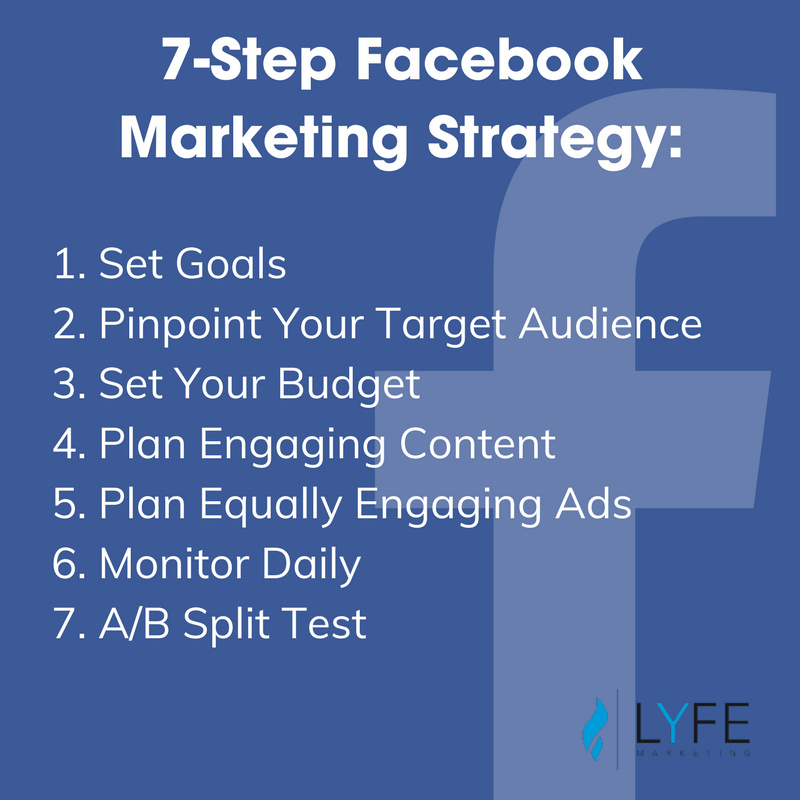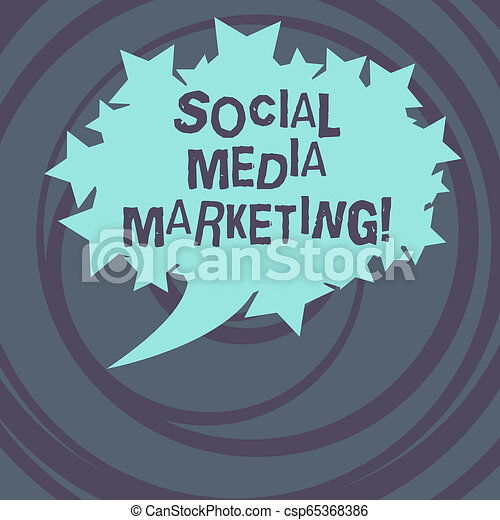
Social selling is about connecting with potential customers and customers. Social selling provides customers with valuable information. It also creates relationships with your brand. This technique can help increase your brand's visibility and revenue. These are some of the ways social selling can grow your business. It's easy to get started: Join Twitter, LinkedIn and Instagram. Hootsuite allows you to automate posting your content, even if it is not your first time using social media.
LinkedIn
LinkedIn profiles are the key to successful social selling. A compelling headline and relevant information are crucial. Your content strategy should highlight the strengths of your company, as well as add value for your connections' feeds. You can increase your visibility by joining LinkedIn groups and communities that have similar interests to your business. LinkedIn's search engine can be used by you to identify groups and communities that are relevant to your business.
Twitter
Building relationships is key to social selling. Use your existing connections, or make new ones by commenting or asking for recommendations. If you have established relationships, it's easy to generate leads. You can also expect your customers to renew their existing contracts. Social selling can be a natural advantage. But, in order to build strong social selling foundations, you need to focus on these:

Instagram
It can be challenging to promote products via Instagram. However, if your posts are well-designed, your campaigns will be more successful. The social media app has a powerful tool called "Ads". These ads can be used to promote images and target specific content segments. In fact 72% percent of Instagram users have purchased a product from the app. You can increase engagement and profit with the right Instagram ad.
Hootsuite
Hootsuite is a great tool to automate your social media presence. This social media scheduling software allows you to write, post, and track content across multiple platforms. Based on what your audience is most interested in, it will calculate post dates and times. This social media tool is also free to use. Start by signing up to receive a free 30-day trial.
Facebook
Social selling on Facebook is an effective way to reach potential customers. If you know how to use the various social media platforms, you can quickly build your following and generate leads. LinkedIn is a popular social network, but it's not as widely used as Facebook. LinkedIn's target demographic tends to be younger than LinkedIn users. For best results, you'll want to target users that engage with your ads and build relationships. Here are some tips to help with Facebook social selling.

FAQ
How long should I expect my content marketing campaign to last?
This will vary depending on industry and the type of product/service offered.
One example is if your company sells shoes. You might spend one month designing a new model. For example, you might launch the product in August and keep updating it throughout year.
If you are selling clothing, one look might be for spring and one for fall. You want to keep your customers interested by offering something new every day.
Your goals determine the length of your content marketing campaign. A small business may only require you to concentrate on one channel. You may need multiple channels for larger companies to reach a wide audience.
What is strategic Content Marketing?
Content Marketing is the art of creating valuable content for others to share across channels. It's about giving people what it is they want. The most successful companies are those who understand this.
Strategic Content Marketing allows you to give your customers exactly what they want at the right time.
To understand people's interests and their thinking, you must first get to know them. Then you have to create high-quality content that answers their questions and solves their problems. This builds trust, loyalty, and ensures that you are always in their minds when they need your product/service.
How do you measure success with content-marketing?
There are many ways you can measure the success of your content marketing strategies.
One good measurement tool is Google Analytics. This tool will allow you to see from where your targeted traffic comes and the pages they visit most often.
It also gives you an indication of how long each visitor stayed on your site before leaving.
This information can be used by you to improve your content, get people's attention, keep them engaged longer and make it more appealing.
You can also use these questions to gauge the success of content marketing efforts.
Are my new subscribers getting any value out of my email newsletters? How much of my entire mailing lists have become paid members? How many people have clicked through on my landing site? Are people who click through more likely to convert than others?
These are all important metrics that you should track and monitor over time.
Lastly, another great way to measure content marketing success is to look at the number of times people share links to your content across social networks.
If you're not doing that already, consider starting now. It could be the difference between being visible and being ignored in your industry.
Statistics
- Content marketing produces 3X more leads per dollar spent. Content marketing costs 62% less than traditional marketing. (criteo.com)
- According to research compiled by Coschedule: Companies that publish 16+ blog posts a month get as much as 3.5x as much traffic as those that publish 0-4 posts a month. (criteo.com)
- Companies that use content marketing see approximately 30% higher growth rates than businesses not using it. (mailchimp.com)
- According to our research, 65% of companies with very successful content marketing in 2021 ran content audits at least twice a year. (semrush.com)
- Seventy-two percent business to business (B2B) (mailchimp.com)
- Progress indicators (0–100%) allow each team member to see how attainable each goal is and understand what remains to be accomplished. (semrush.com)
- In fact, would pay more for a better customer experience, and 86% of B2B buyers would pay more. (neilpatel.com)
- This marketing strategy landed Ford a 15.4% conversion rate. (neilpatel.com)
External Links
How To
How to Write an Effective Press Release
Press releases are a great tool to establish credibility and authority within your niche. They can help you establish connections with journalists and other influential people.
However, many business owners find it difficult to write press releases because they lack the skills necessary to create engaging copy.
These are some things to remember when you create your next press release.
Know Your Niche
Before you can start writing your press releases, you must first understand your niche. This involves understanding what sets you apart and what makes your press release stand out.
For example, suppose you're a real estate agent. In that case, you might consider including information about your professional affiliations (such as the association you belong to) and how long you've been practicing in the industry. Also, you might mention your ability to work with clients and offer excellent customer services.
Use Keywords in Your Title
The title of your press releases is often the most important. This is the most important section of your press release that search engines will see, so you need to grab people's attention right away.
Keywords related to your product/service are key words that make titles great. For example, if you sell custom-made wedding dresses, you might use words like bridal gowns, wedding dresses, or customized wedding dresses.
Make your Headline Relevant
Your headline is your first line in a press release. Your headline is what people read first so it must be relevant and catchy.
If you're writing a press statement for the first-time, it's likely you won't know what type of content works best. Try comparing different headlines. Find out which headlines have the highest click rates.
Google will also allow you to type in your company name with the phrase "press release" The top results will give a good indication of which topics are most popular.
You may have heard the phrase "write for yourself, but publish for others." That's true, but you don't want to simply throw together a press release without thinking about who your audience is.
Write With A Purpose
The majority of press releases include three sections.
Each section includes specific elements that allow readers to quickly grasp the key points of your message.
Executive summary
This section is typically the shortest. It usually contains one paragraph, which summarizes the content of your press releases.
Here you can provide information about your product. Use this space to explain why your products or services are beneficial.
Conclusion
This is the final section in your press release. It includes two paragraphs. First, summarize the key takeaways from your body. Then end on an optimistic note by stating something positive about your business.
Here's an example conclusion:
"My book contains practical advice that anyone can use to improve their health, fitness, and overall well-being." I hope that my book helps me achieve my personal goals.
Include URLs
In press releases, it's common to link to your site. There are several types of links.
Here's a quick look at the different types of links you should add to your press release:
-
Email: Make sure you include a URL when sending a press release by email.
-
Social media: Add social media sharing buttons on your site. If a user shares your press release, they will automatically link back to your site.
-
Blog: Write a blog post about the press release. Include a link to your press release in the text.
-
Website: Link to your website directly using the URL from your press release.
-
Directory: Submit your news release to online directories, such as Digg or Yahoo! Press Release Directory.